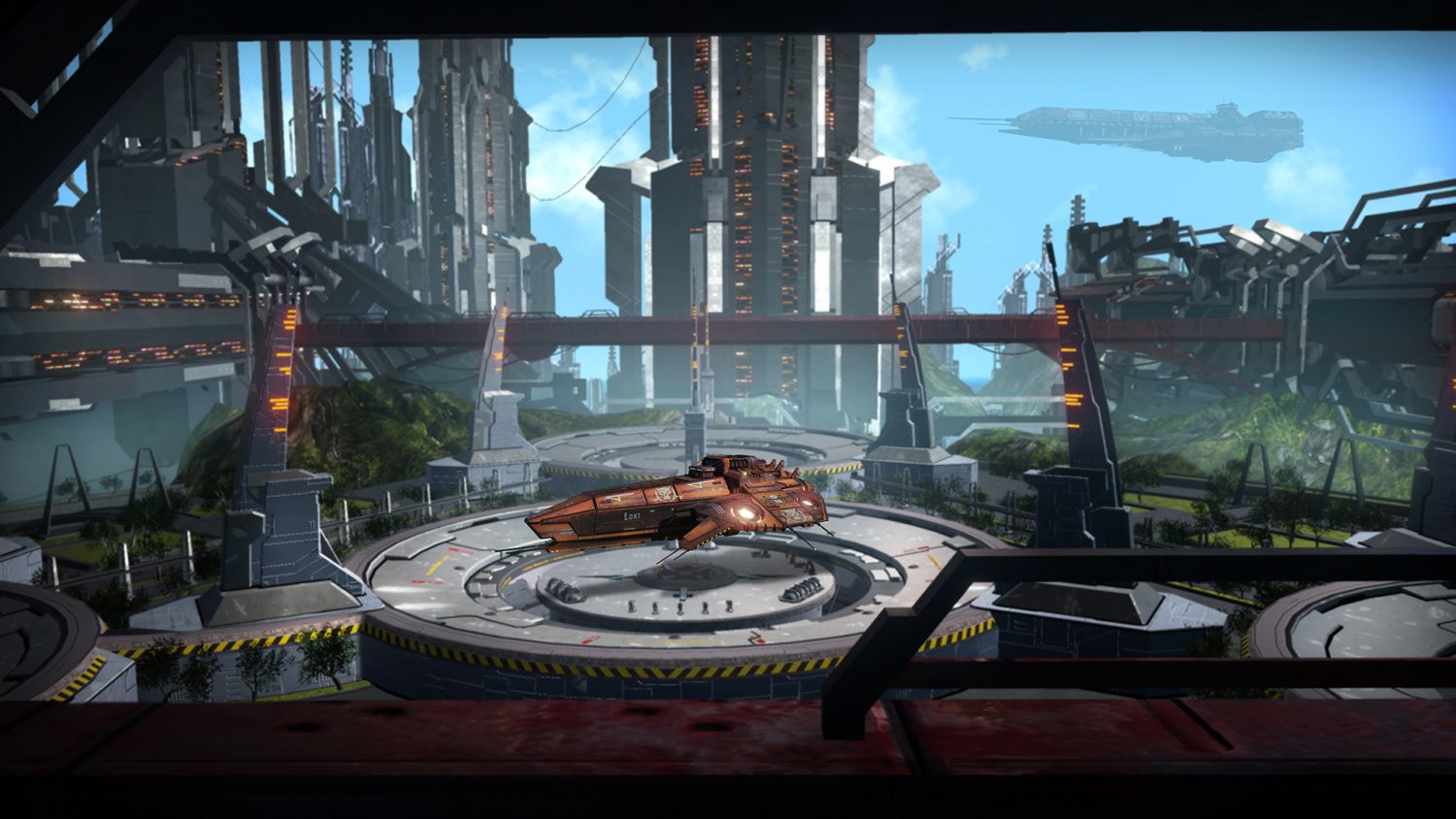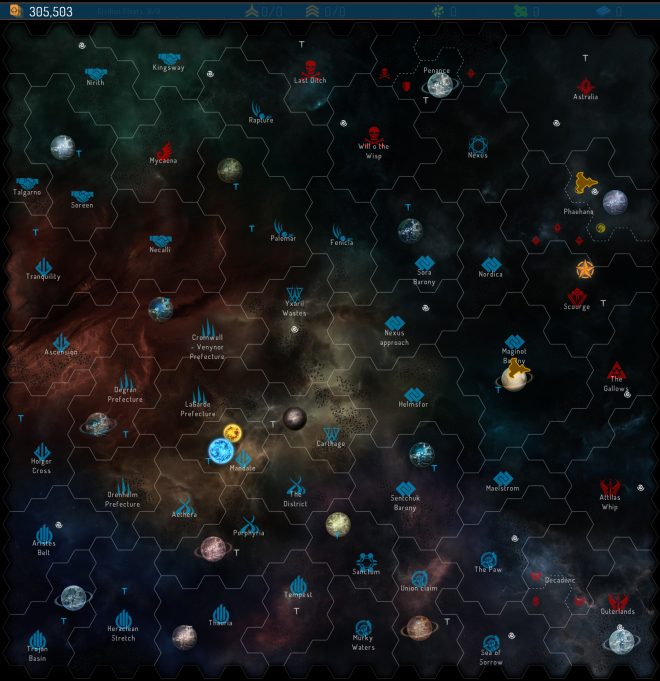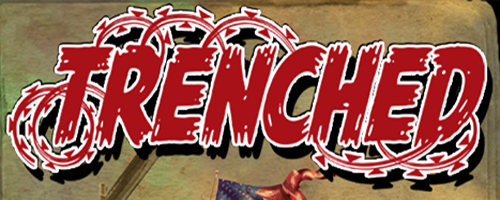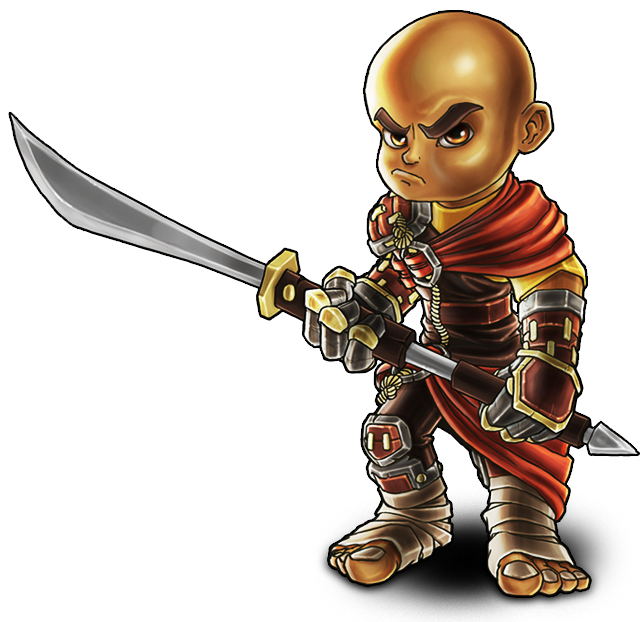Star Trek has always defined space as “The Final Frontier,” but some would question what that actually means? A show about a fleet that travels through infinite galaxies, with various planets and new and interesting lifeforms. It leaves one to wonder if surely there is more on the horizon to explore. Starpoint Gemini Warlords is a open world space RPG game developed by Little Green Men Games that offers a galaxy so big that it throws the final frontier right out the airlock.
Starpoint Gemini Warlords takes place in fictional regions of space. The game plays as a 3rd person open world RPG game from the perspective of your ship. You start briefly with a crew of nobody’s, but after a short time, you’re able to create your own character and customize your own vessel. The game offers a large array of features, ranging from a full single-player campaign mode, to free-roam scenarios, side missions, construction of your headquarters and development of your own war fleet. There is a considerable amount of content offered from the start. Let’s take a more in-depth look at the key features of the game.
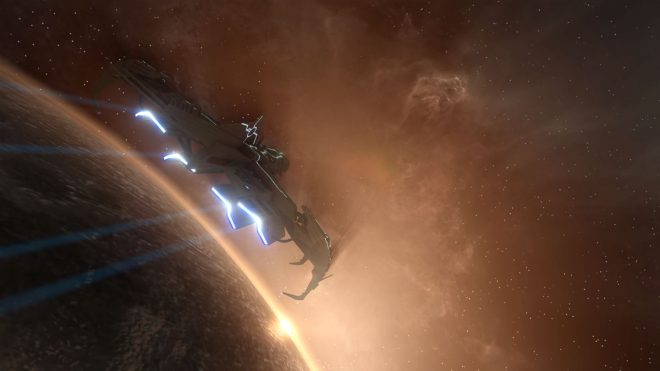
CAMPAIGN MODE
Starpoint Gemini Warlords follows the story of Solari Concord, a small colony of people on the outreaches of space. You start following a crew of random people testing out a battlecruiser type vessel. The man conducting the test, Warden Raynor Trace has two other teams tasked to lend a hand. During the exercise, you find the vessel comes under fire from an unknown faction for unexplained reasons. The captain piloting the battlecruiser asks you to fall back to the Concordia Space Station to help defend against the attackers who’ve also started assault there. As you make your way back to the station, you’re hailed by Raynor who wants to know why you’ve abandoned the vessel. He evaluates this as a ploy to lure your fighters away from the battlecruiser and tasks you with quickly heading back to the battlecruiser. By the time you arrive, however, the battlecruiser is destroyed. You’re asked to evaluate for life signs, but the Captains is absent. You do observe an escape pod of the commander. At this point the game lets you create your own character. You’re able to choose your name, gender, portrait, and class. Afterwords you are taken back to the Concordia Space Station and you start the game as your own character. Raynor meets with you about the situation, as well as to plan what happens next. He gives you access to a ship which you are then able to customize. There are quite a few ways to help make the vessel your own from the look of the ship to even the color and opacity. You are even given the opportunity to name the ship. Raynor then has you heading out, completing different tasks to find out more about this faction that attacked you, and push forward to getting retribution for your people. It is here that the training wheels come off, and the true open world experience begins.
SHIP CUSTOMIZATION
The initial time you first create your ship isn’t the only time you’re given to customize it. As you advance through the game and reach higher ranks, you will start to open more vessels which can be found in the Shipyard on the Concordia Space Station or many other stations and planets throughout the game. There are many different unique styles of ships and some of the more advanced looking ones go up in price as you go along. The type of systems (weapons) you have on your vessel is entirely up to you but can be swapped out on the ship screen. You can also view the equipment that’s currently installed on your ship and customize or change out any systems that you think would benefit from others. Equipment are various skills that your ship has readily available for different tasks. There’s a decoy you can deploy to lure heavy enemy weapons away from you and towards your clone, a hull integrity field that increases damage absorption by a certain percentage and even a nifty torpedo you can fire at asteroids and other junk to yield higher loot from scavenges. The various systems that you can install range from railguns to plasma cannons and even beam weapons.
The type of weapon you choose to use all depends on what type of playstyle you have. Railguns have the longest range of attack and are good for long range encounters, the beam is great for short to mid-range combat, and the plasma cannon with the short bursts it deploys is best for close range scenarios. There are even neat little stamps you can add to your ships, which are different decals that can be applied to give it even more spunk.
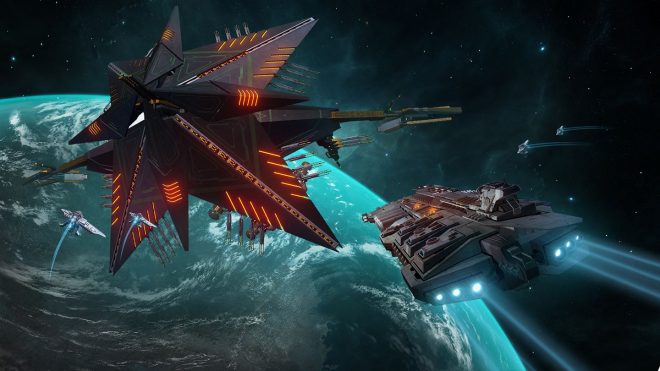
FREE-ROAM SCENARIOS AND EXPLORING
A game that takes place in space wouldn’t be an interesting one without giving the player the opportunity to explore. Granted, after the main campaign tutorial ends, you are free to go where you want. A lot of areas are hostile. If you aren’t careful, you may find yourself in enemy territory surrounded by ships a lot higher leveled than you are. It’s probably best to follow the story to help push you further through the reaches of space until you get the hang of things, but one of the features the game offers is Free-Roam Scenarios. In these scenarios there are a wide array of tasks you can do. Many of the different scenarios involve raiding an abandoned structure, salvaging from a wreck or from an asteroid, mining resources from different areas, or sending out civilian fleets to complete specific objectives from the starmap. There is much to do if you choose to step away from the beaten path of campaign missions.
CONTROLS
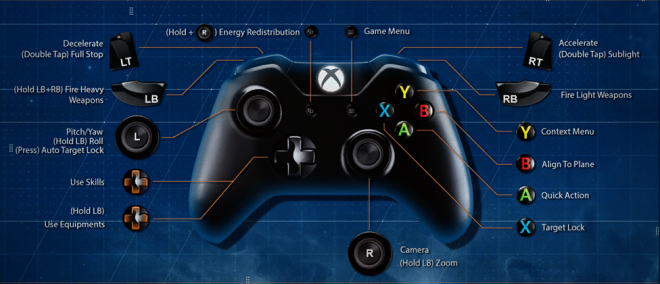
The above image represents the control scheme for Starpoint Gemini Warlords. A lot of the controls seen here are pretty straight forward. For the ones that may require a bit of further explanation, such is provided below.
Right Trigger: Accelerate ship, double tapping activates Sublight mode (cruise control essentially).
Left Trigger: Decelerate, double tapping initiates full stop (completely stops ship).
Back Button: Energy redistribution relates to where the energy is distributed to. Power can be distributed to speed, weapons, and shields. Using the right stick to manipulate the power, you can set for select functions to take precedence over others. You can even set the cursor to the middle to provide an equal share of power to all three components. The power is in your hands!
Y Button: The context menu allows you to perform a various number of actions from activating “Fire at Will mode” which will automatically fire at a hostile for you. Scan can be used to analyze various structures or enemies. “Go to” allows for your ship to autopilot towards a marked waypoint. Other functions included.
X Button: Target Lock is extremely useful for when taking on enemy combatants, especially with multiple combatants. This target lock is more specifically for when you’re looking to lock onto a specific enemy or location, as opposed to the Left Stick auto lock which will lock onto various things in the direction of your crosshairs.
THE MAP
The Starchart is the quintessential map of the game, and a perfect one at that. With a world so enormous, it’s only right for us to have something so effective to keep track of the many different planets, stations, factions. You are also capable of seeing the local missions in your areas for marking to send civilian fleets to, or even for your own personal interests. The Concordia Station is the hotspot for a lot of key aspects of the game. If you’re looking for jobs for your fleet the Job board is just the place to look. These jobs provide the player with currency and rewards to help with research and advancement of their vessel. The job does list a recommended level, and it’s best to be at that level or above, as some jobs that out-level the player can be taxing. The station also has a trader available, with various cargo, systems, and equipment readily available to purchase, or for anyone who wishes to sell the sort. Cargo relates to various ores, products or components for the ship. Systems relate to the various weapons available for your ship, and equipment are the various abilities that your ship has, and other abilities that you can purchase and install into the ship. The map of the galaxy is massive. It’s so massive that it’s difficult to put into words just how big it is and what all is has to offer. To help compliment this large open world environment. From the start, the game offers details in the Geminipedia of 5 of the factions in the game. As you progress, and discover more, more entries will populate. There are a total of 61 total factions in the game, so there are plenty of allies to be made or enemies to be fought across Starpoint Gemini Warlords.
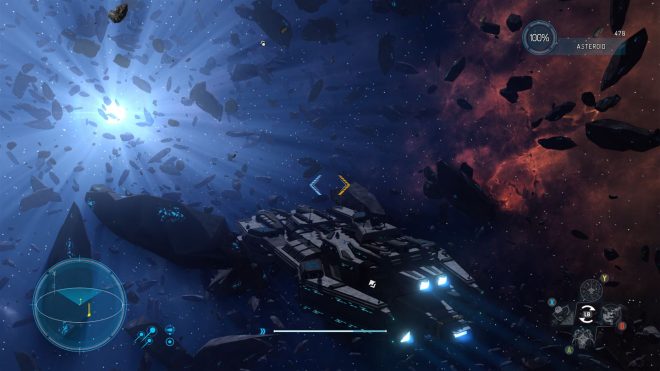
HEADQUARTERS
Everyone needs a place they can call home, even if that home is never rested upon. From the start of the game, players will find the Concordia Space Station to be their home. It’s not just a place to go for rest and relaxation, but the headquarters of everything and anything you may need. At the start, there are only a few accessible areas of the headquarters. The Shipyard is the go-to place for viewing and purchasing new ships as long as you meet the rank requirements, and you have the credits to spend. The drydock allows you to see your ship, customize various loadouts for it, change out equipment on the vessel and even re-customize the ships colors or name. The trader is your one-stop shop for buying and selling. Buying and selling various equipment or systems, as well as selling off any cargo you may have collected throughout your travels. The job board accessed here allows you to choose optional side missions to earn credits as well as promotions in rank for completing the tasks you are presented. The garage, research, shipbuilding and construction areas of the headquarters are locked at the start. As you progress through the main campaign, they start to open up. The garage is where you will send ships that you capture. They are sent here to be repaired so they may be used later. You can also store extra ships in the garage if they’re not being used in your fleet. The research wing is where you can unlock and improve stronger chassis for your fleet. The research wing has a few different subsections with upgrades. From here you can enhance your shield strength or resistances, how much you can scavenge from various sources and even strengthen the troops you deploy to capture ships. The shipbuilding area is the backbone of the fleet. This is where you will come to create and deploy ships out into space to do various tasks assigned to them. The ships constructed are limited by command points as well as other costs from credits and materials. Finally, construction is the place that brings research and shipbuilding together. You need space to build stuff, and you have the Space Station to do it in. This area allows for faster research, allowing you to build more.
JOBS AND TRADING
The Concordia Station is the hotspot for a lot of key aspects of the game. If you’re looking for jobs for your fleet, the job board is just the place to look. These jobs provide the player with currency and rewards to help with research and advancement of their vessel. The job does list a recommended level, and it’s best to be at that level or above, as some jobs that out-level the player can be taxing. The station also has a trader available, with various cargo, systems and equipment readily available to purchase or for anyone who wishes to sell the sort. Cargo relates to various ores, products, or components for the ship. Systems relate to the various weapons available for your ship. Equipment are the various abilities that you can purchase and install on the ship. The great aspect of the jobs is that they seem to be never-ending. You can even take jobs that are higher level than you are for higher rewards. Some jobs ask you to deliver something to a particular location, sometimes within a time limit. These jobs are relatively easy. Some of the more difficult ones have you finding a destroying another ship or assaulting a structure.
WAR FLEET ASSEMBLY
After advancing through the story, eventually, you’ll come to a point where you are given the option to assemble a fleet. Fleets come in two types: civilian fleets, which you can send to individual objectives on the starmap to complete objectives rewarding you with resources, and war fleets, which join the fight alongside you and assist in the war against those who oppose the Solari Concord. Once the opportunity presents itself, a brief but helpful tutorial will walk you through everything, but let’s review. As soon as you learn to mine resources, which you will need to train fleets, the Shipbuilding wing of the Concordia Space Station will unlock. Once in this area, you can select a unit from the right side menu to build. By default, there are three types of fleet ships you can build. Warships are the cheapest option. Corvettes are the middle unit. Frigates are the most expensive and probably the most powerful at this time. Resources and credits are not the only requirements to build a fleet. However, command points are also required to build any vessel. Unlike resources and credits, command points cannot be so easily farmed, so it adds balance to the game, and stops you from grinding for mass resources and credits for an unstoppable fleet. Only five ships can be a part of your fleet from the start, but that number would come to grow, later on, leading to all-out war against hostile factions.
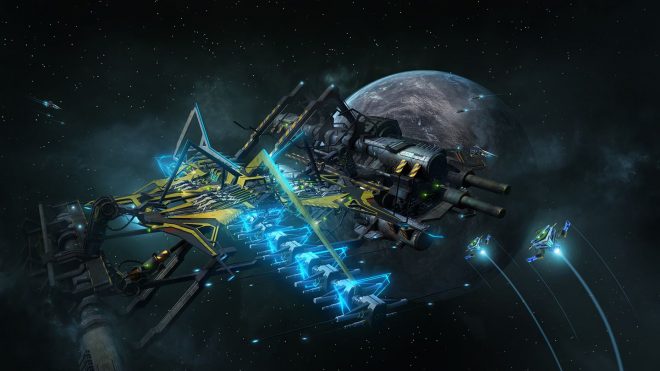
Starpoint Gemini Warlords is a game that has a lot to offer. The main campaign provides a story focus on the game, while jobs and free-roam scenarios help to offer a more side quest option to take players off the beaten path. Even with some of the more advanced features like the war fleets that come, later on, the game does an exceptional job of providing a step by step tutorial to make everything easy to understand. There’s no telling how the players will react to the game as a whole, but excitement and thrills of every new and oncoming space cowboy are sure to ensue. Starpoint Gemini Warlords releases on February 9th, 2018 for $34.99. You can preorder the game here.
This guide was produced as part of a Sponsorship from Little Green Men Games to help us provide quality Xbox One focused Starpoint Gemini Warlords content.

